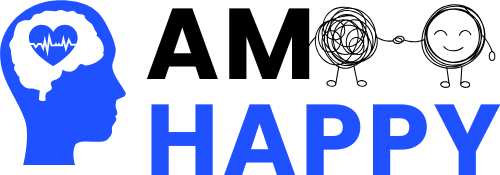Clarifying Common Misunderstandings About Mental Health Disorders
Mental health disorders are often surrounded by misunderstandings that can feed stigma and discourage individuals from seeking assistance. Here are a few prevalent myths:
- “Mental health disorders indicate a lack of strength.”
Mental health disorders are classified as medical conditions and should not be viewed as a reflection of an individual’s strength or character. They stem from a mix of biological, environmental, and psychological influences.
- “Mental health issues only occur in adults.”
Mental health conditions can impact individuals of any age, including children and teenagers. In fact, around 50% of mental health issues manifest by the age of 14.
- “Individuals with mental health disorders are prone to violence.”
Most people with mental health conditions are not violent. In reality, they are often more likely to experience violence or discrimination than to be harmful to others.
- “Mental health treatment is not effective.”
Current treatment options, which include therapy, medication, and holistic methods, have shown effectiveness in managing and even overcoming mental health challenges.
Categories of Mental Health Disorders
Mental health disorders cover a broad spectrum of conditions, each with unique symptoms, difficulties, and treatment strategies. Here are some of the most prevalent mental health disorders:
-
Anxiety Disorders
These disorders are characterized by ongoing feelings of worry, fear, or discomfort. They include:
- Generalized Anxiety Disorder (GAD): Excessive concerns regarding daily life matters, even when there is no obvious reason for such worries.
- Panic Disorder: Frequent panic attacks that lead to symptoms like chest pain, breathlessness, and overwhelming fear.
- Social Anxiety Disorder: Intense anxiety about being judged or feeling embarrassed in social situations.
- Specific Phobias: An extreme fear of particular objects or situations, like heights, spiders, or flying.
Prevalence: These anxiety disorders rank among the most widespread mental health problems, impacting roughly 18% of U.S. adults annually.
-
Mood Disorders
Mood disorders involve significant changes in emotional states, including:
- Major Depressive Disorder (MDD): Ongoing feelings of sadness, hopelessness, and loss of interest in once-enjoyed activities.
- Bipolar Disorder: Severe mood shifts encompassing depressive lows and manic highs.
- Cyclothymic Disorder: Milder, yet disruptive mood fluctuations.
Prevalence: Depression affects around 17 million adults in the U.S. each year, while Bipolar Disorder affects roughly 2.8% of adults.
-
Obsessive-Compulsive Disorder (OCD)
This disorder is marked by intrusive thoughts (obsessions) and repetitive actions (compulsions) aimed at reducing anxiety. Common compulsive behaviors can include repeated hand washing or continuously checking locks.
Prevalence: OCD affects about 1 in 40 adults and 1 in 100 children in the U.S.
-
Post-Traumatic Stress Disorder (PTSD)
PTSD occurs after an individual experiences or witnesses a traumatic incident; it can cause symptoms such as flashbacks, nightmares, and intense anxiety.
Prevalence: Approximately 7-8% of the U.S. population will encounter PTSD at some stage in their lives.
-
Eating Disorders
These disorders reflect unhealthy attitudes towards food and distorted self-image. Common eating disorders include:
- Anorexia Nervosa: An intense fear of gaining weight, prompting self-imposed starvation.
- Bulimia Nervosa: Engaging in binge eating followed by compensatory behaviors such as vomiting or excessive exercise.
- Binge Eating Disorder: Recurring episodes of consuming substantial amounts of food without compensatory behaviors.
Prevalence: Approximately 9% of individuals will experience an eating disorder in their lifetime.
-
Psychotic Disorders
Psychotic disorders, including schizophrenia, involve severe disruptions in thought processes, perceptions, and emotions, often manifesting as hallucinations and delusions.
Prevalence: Schizophrenia affects around 1% of the global population.
-
Personality Disorders
Personality disorders are characterized by persistent patterns of thought and behavior that can lead to considerable distress. This category includes:
- Borderline Personality Disorder (BPD): Instability in relationships, self-image, and emotional experiences.
- Antisocial Personality Disorder (APD): Disregard for the rights of others and an absence of empathy.
- Narcissistic Personality Disorder: Excessive self-importance, a longing for admiration, and a lack of empathy.
Prevalence: Roughly 9% of the American population experiences a personality disorder.


